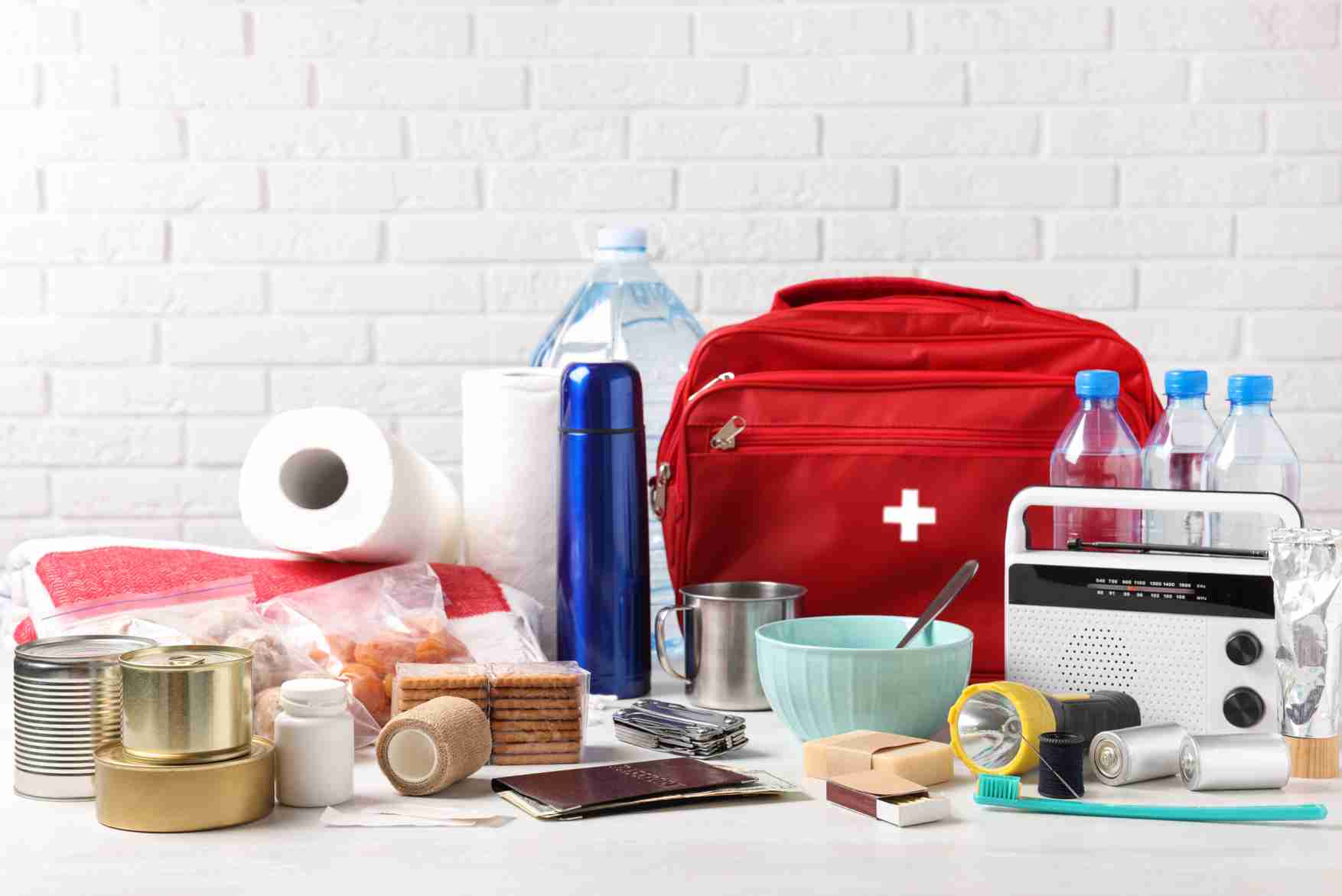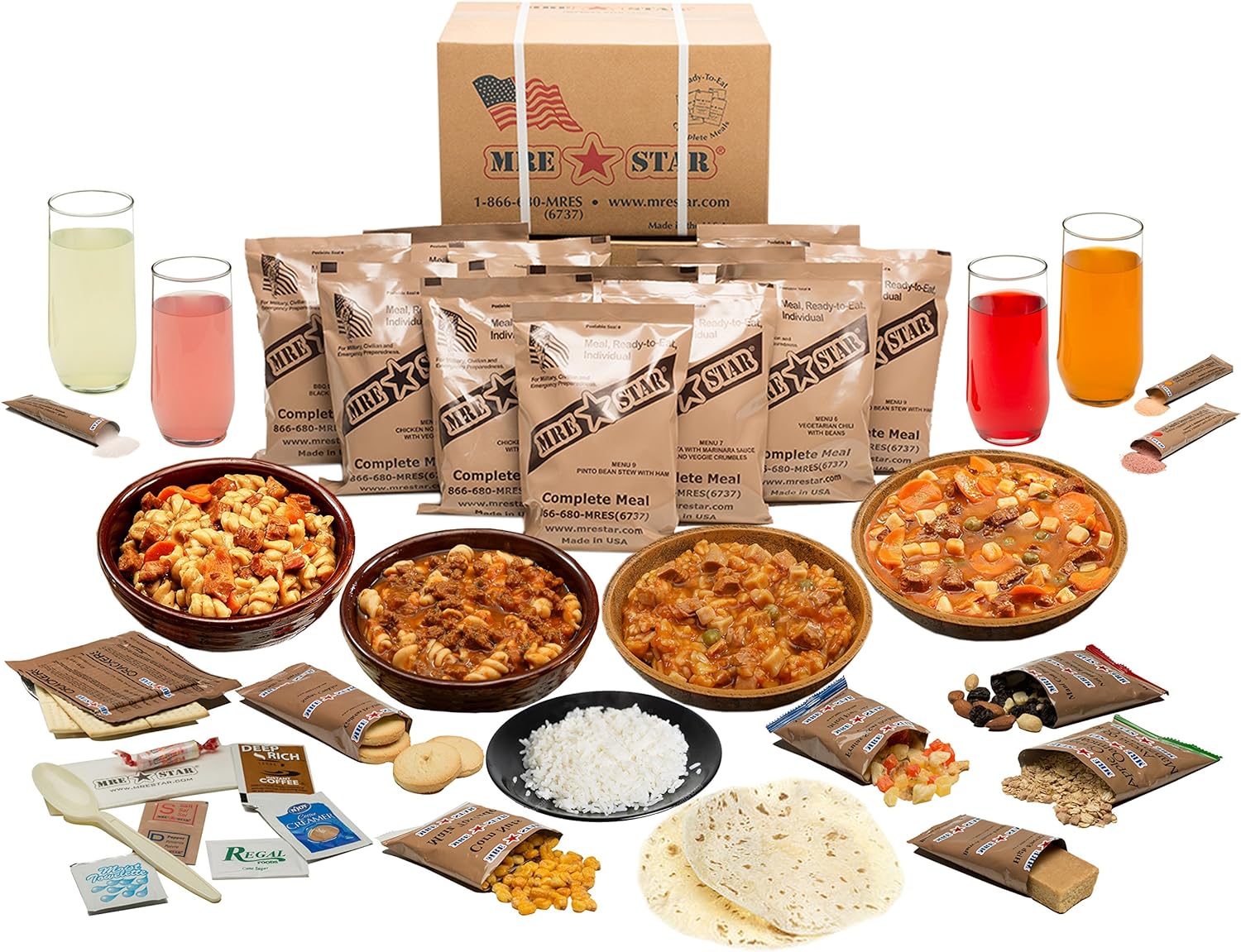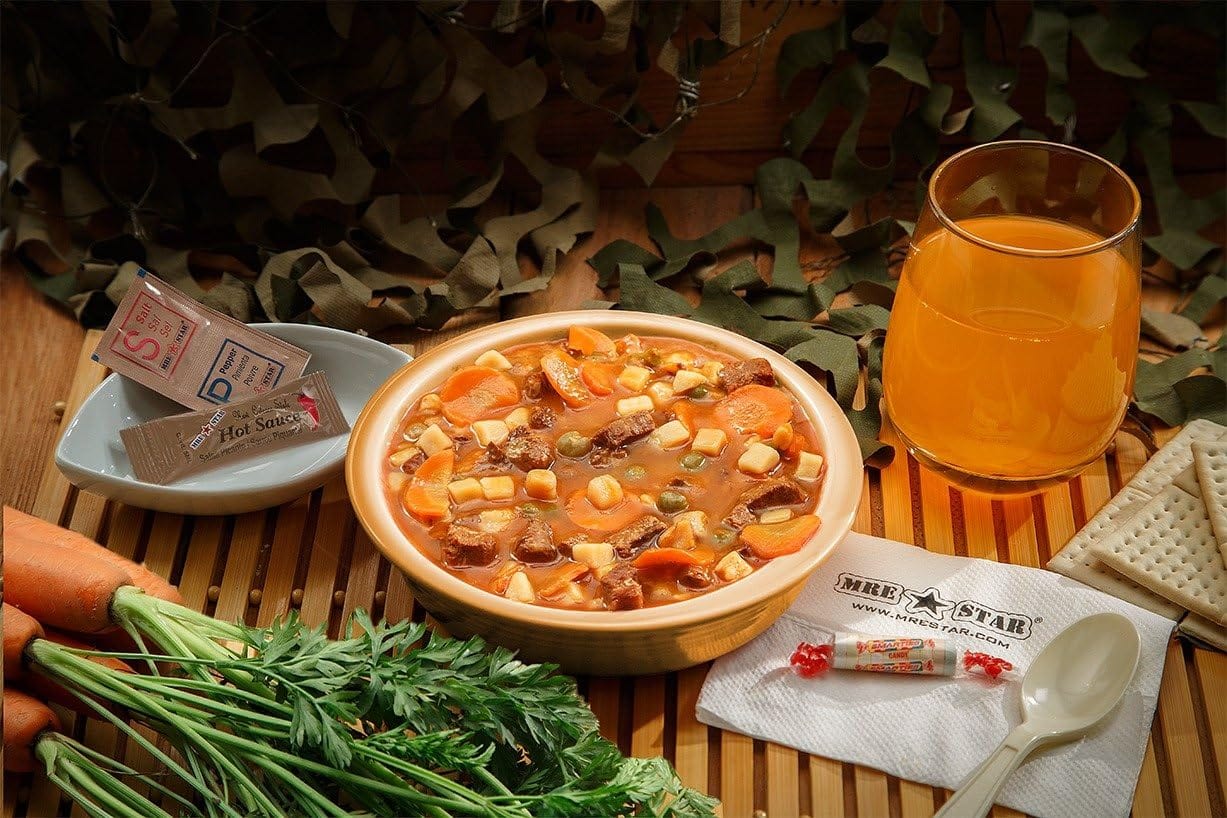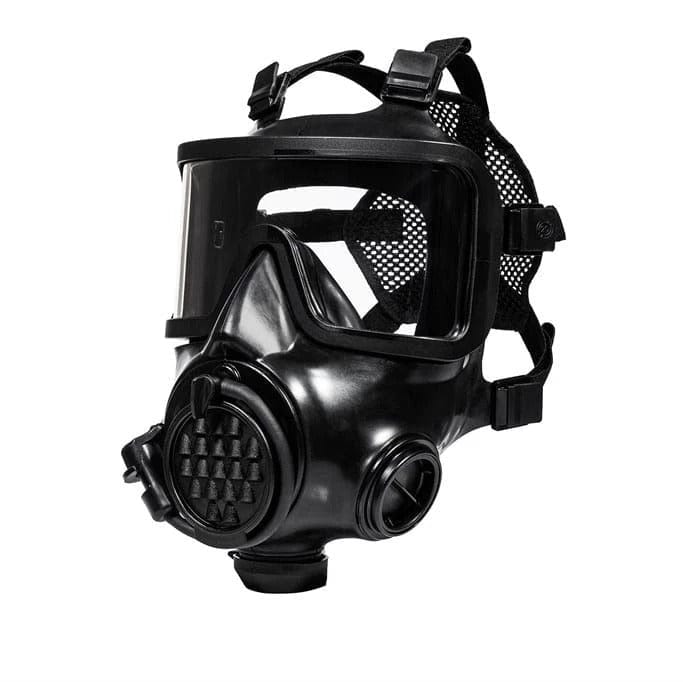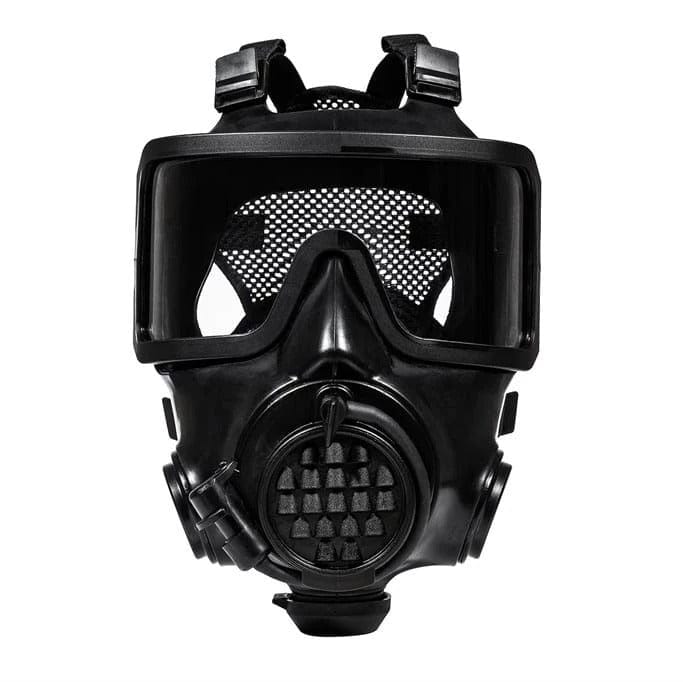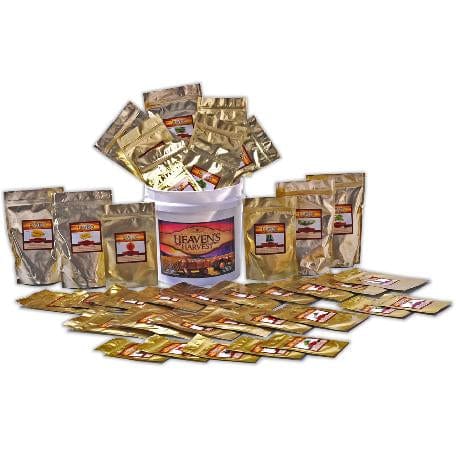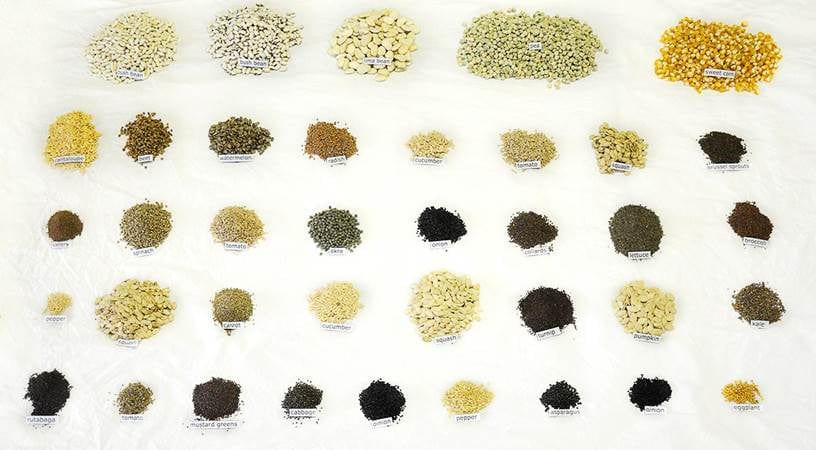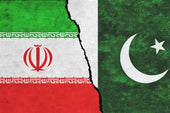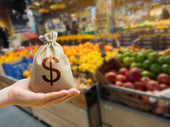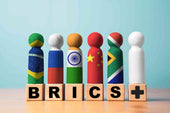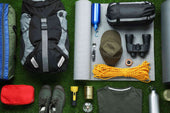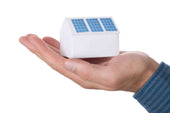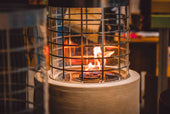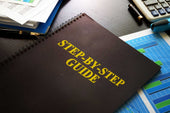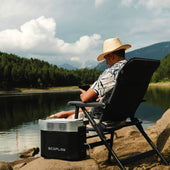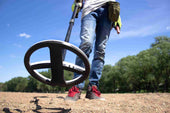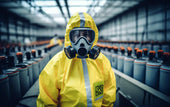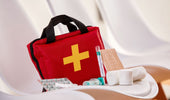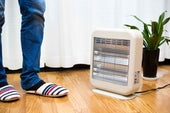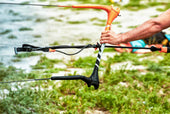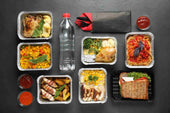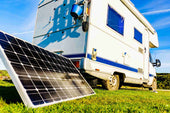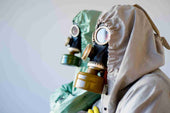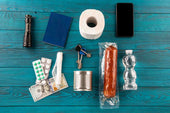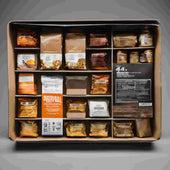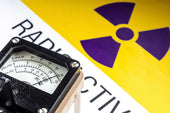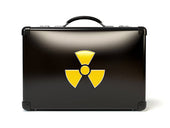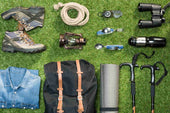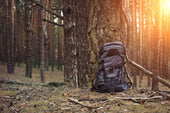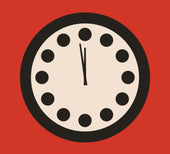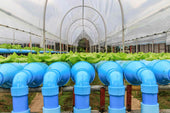Beyond Your Usual Emergency Supplies

Let's get real. If the last few years have shown us anything, it is that the world can turn on its head in an instant. One day, everything seems fine. The next day, the shelves are bare, the lights are out, and people are in a state of panic.
That is why it is important to stock up. But the issue is that most people only stock up on surface items—you know, the typical things, such as canned goods, bottled water, and toilet paper.
I am not saying those items are not valuable, but they are just hitting the surface. They are not addressing what you will actually need when things get terrible.
Most people tend to forget to ask, "What are you lacking?" because there are useful, mundane things that hardly anyone discusses.
They are things that do not appear significant until you find yourself in a genuine crisis. That is when you see how much you really needed them.
This article will discuss some of the most underappreciated but absolutely critical supplies to stock. Some may sound surprising.
Others may sound too obvious to count. However, each item on this list has actual worth when you are attempting to survive, not merely get by.
This is not fear. It is readiness. And when you are properly prepared, you don't merely weather the chaos. You remain in command.
The Idea of Stockpiling
When most individuals begin prepping, they take what everybody else is taking: canned goods, water bottles, toilet paper, perhaps granola bars or peanut butter. This behavior is not bad, but it is also not strategic. It often stems from panic and a desire to follow the crowd. Individuals observe others stocking up on the same emergency items, so they follow without considering it.
The issue is that herd prepping creates gaps. Everyone winds up with too much canned tuna and not enough of the actual important stuff. You may overlook nutrient-dense choices, such as healthy fats, powdered milk, or dried fruit. Some of these endure a lot longer and contain more nutrition than miscellaneous canned items or power bars with few added sugars.
Being prepared is all about thinking for yourself. Rather than solely considering non-perishable items, ask what your emergency food stock really entails. Can it sustain your family members for two weeks or more? Does it offer shelf-stable milk, nut butters, whole-grain rice, and refrigeration-free foods? Are you cycling stock, monitoring expiration dates, and placing food in a cool, dry storage location?
Smart prepping is all about balance. You need products to stock that serve entire meals, fresh fruit or vegetable substitutes, and supplies such as trash bags, personal care products, and even duct tape. Stockpiling is not about reaching for what appears useful. It is about creating an emergency preparedness kit that suits actual life.
Overlooked Stockpile Essentials

A. Non-Electric Tools
In any emergency, one of the first things lost is electricity. No power means no microwave, internet, or ability to charge your phone.
That is when non-electric devices become the most important items. A can opener is not something you wish you had.
Your emergency food supply must include canned foods such as beans, soups, and tuna. Without some method of opening them, you are out of luck.
A crank-up radio doesn't allow you to stay informed even in the case of a grid failure.
Knowing what is happening around you may mean the difference between remaining safe and ending up in trouble. Include a solar phone charger in your emergency supply kit to maintain at least a minimal line of communication.
These tools require no power. They can be used anywhere and at any time and are small enough to be kept in a dry location. They are easily forgotten, but you will be thankful you had them when the lights go out.
B. Seed Kits and Sustainable Growing
Canned vegetables and fruits are wonderful in the short run. Freeze-dried foods and shelf-stable milk also work to extend food storage. But what about in a few months? What happens when the emergency food supply runs low?
That is where sustainable growing enters. Growing your own food provides you with long-term security. Fresh foods such as vegetables and fruits not only taste better.
Additionally, they provide your body with the nutrients it needs. Nutrient-rich meals help maintain your energy levels and support a healthy immune system. You cannot survive solely on non-perishable foods.
This is where something like the Heaven's Harvest Ultimate Heirloom Vegetable Seed Kit is a game changer. These are not ordinary seeds. They are heirloom seeds, meaning they can be replanted and regrown year after year. That is self-renewing food. Real food security.
This seed kit contains a diverse selection of seeds that help you maintain your health. It allows you to cultivate a variety of fresh fruits and vegetables, helping you maintain a balanced meal plan.
Most preppers don't realize the importance of fresh food, but it is just as important as your freeze-dried foods or brown rice. Additionally, gardening is an excellent stress reducer in a crisis.
Easy to store, with a long shelf life, and novice-friendly, this seed kit is something that every family should consider adding to their emergency kit.
If you want real food security, you can achieve it here, as tending to your food may be the smartest prepping decision you can make.
C. Bartering Items
In a complete breakdown, money may not be worth much. However, you can be certain that these things will be useful. Bartering is a great means of obtaining what you want when shops are closed and supply lines are cut off.
Some of the brightest things to hoard are tiny items that other people will desperately want. Small bottles of alcohol, lighters, feminine products, or even paper towels can all be valuable trade items. Consider it.
You can trade if you need duct tape, personal care items, powdered milk for baby food or home-canned foods, and you have some extras.
It is not greed. It is creating a wise emergency supply kit that leaves your choices open. Short-shelf-life items are sold early, while shelf-stable foods, such as canned vegetables or peanut butter, are saved for later. The idea is to be ahead.
Some will barter for food, while others may require soap, sugar, or even charcoal grill equipment. In the end, everything falls apart, and supplies are currency. The idea is to have more than enough for yourself—enough to trade or lend assistance.
D. Off-Grid Medical Supplies
Most people think that a hospital or clinic will be there when things turn sour. What if the roads are flooded, though? What if the phones don't work or hospitals are swamped?
You have to have medical essentials that don't depend on power or external assistance. Store up supplies of wound kits, antiseptics, sphygmomanometers, and even herbal remedies.
These aren't nice to have. They might save a life.
Picture you getting cut by floodwater debris, and you can't get assistance. You will require more than canned goods and bottled water. You will require gauze, alcohol wipes, gloves, and the skills to treat minor injuries.
It also includes immune system boosters and natural antibiotics such as garlic or echinacea. Having your own supply is a survival tactic when you can't rely on pharmacies for essential items. Most herbal remedies can be kept in a dry location and have a long shelf life.
Add over-the-counter medications, ointments, and pain, cold, and flu treatment.
Even if you don't use them yourself, they are perfect for bartering or assisting family members. Remember, being prepared is thinking of everything, not just what you are going to eat.
E. Sanitation and Waste Disposal
When individuals discuss things to stock up on, they often refer to food. However, sanitation is equally important. During any prolonged emergency, compromised hygiene can bring about illness quickly.
You will need materials to dispose of waste, particularly if plumbing fails. That means using heavy-duty garbage bags, portable toilet solutions, and even lime to address odor and bacteria. Such things may not be glamorous, but they are necessary.
Paper towels, soap, and paper cups can also be added to your emergency kit. These will be used to clean yourself up in case you don't have access to running water.
When you are at home with your family for fourteen days, personal hygiene products are essential.
Additionally, consider washing dishes or other surfaces with contaminated water. Get out and buy sanitizing wipes and trash bags to use as liners in your makeshift toilets.
Keeping your area clean keeps your emergency food fresh and your family members healthy. Spoiled perishable food, floodwaters, and trash buildup can all lead to serious health conditions.
So buy plenty of dried and canned fruit. And don't forget the trash bags. A clean room is a healthy room.
F. Mental Health and Morale Boosters
Survival is not merely food and shelter. Your emotional health counts, too. Being locked in a crisis for days on end can destroy people psychologically, even when they have a full stock of emergency food.
This is why morale enhancers are among the most crucial supplies. Have puzzles, board games, books, writing materials, or a journal in your survival kit. Hard candy, gum, or even a chocolate bar can work magic on your mood.
It sounds ridiculous, but your brain needs to eat, too. A balanced meal consists not only of nutrients but also of emotional nourishment. For children in particular, something familiar and enjoyable to do can help banish fear and boredom.
Even grown-ups need ways to cope with it. Listening to music or reading a book on a hand-cranked radio can calm nerves. It reminds you there is still a world out there.
So yes, stock up on peanut butter, canned fruits, and shelf-stable milk. But bring crayons, crossword books, and something that you find smile-inspiring. It is not enough to merely survive. It is about staying human.
How to Audit Your Current Stockpile

Let's face it—most of us think we're stocked up just because we've got some canned goods and bottled water sitting in a closet. But prepping isn't just about tossing random items into storage. It's about knowing exactly what's there, how long it will last, and what's missing. That's where auditing your emergency supplies really matters.
Start simple. Pull everything out. Yes, everything. Spread it all out so you can look at what you've got. That means canned goods such as canned tuna, canned soups, canned beans, and canned fruits. Inspect each of them for expiration dates.
If you notice ice crystals within home-canned goods or store-bought goods, it may be an indication that they're no longer safe to consume.
Discard anything with a short life that has a questionable appearance. Designate a distinct section for shelf-stable milk, powdered milk, dried fruits, granola bars, and other non-perishable food items that can be consumed directly from the packaging.
Then, check for gaps. Do you have a good supply of whole grain basics such as brown rice and oats? Are you stockpiling healthy fats such as nut butters and peanut butter? Freeze-dried meals or vacuum-sealed meals that don't need to be refrigerated?
These can be a significant help during extended periods without electricity. If there are babies or toddlers in the household, ensure you have baby food stored and rotated regularly.
Don't leave out the non-food items. Soap, toothpaste, and feminine products are as important as food storage. Trash bags, paper towels, duct tape, paper cups, and even a charcoal grill will make your life significantly easier when an emergency strikes.
There should also be an emergency food supply in each emergency kit that can feed all family members for at least two weeks.
Balance is important. Having too much of one thing (such as 40 cans of tuna but no veggies or fruits) disrupts your ability to make well-balanced meals. Nutrient-dense feeding counts even in survival mode.
If you're unsure where to begin, consider creating a printable checklist for your emergency supply kit. You can post one inside your pantry door or even find a digital version to mark on your phone.
Tip: Organize your belongings by category—such as food, water, tools, health, and hygiene—and refresh your stock every three to six months.
Keep ahead by being honest with yourself about what you actually possess compared to what you believe you possess. That variation may be more significant than you know during an actual crisis.
Final Thoughts
If I have learned anything from all these years of being prepared, it is that the fundamentals only get you so far. Everyone thinks of being prepared with water in bottles, cans, and paper towels.
That is great, but it won't be enough if you really want to be prepared for whatever life brings.
The truth is that real preparation is thinking outside the box. It's challenging yourself with the hard questions.
Do you have sufficient supplies to sustain you for several months? Is your emergency food stock nutrient-rich and balanced?
Are you collecting canned foods, or are you accumulating food that doesn't require refrigeration, such as freeze-dried food, nut butters, or shelf-stable milk?
Most importantly, do you have the forgotten emergency supplies that might actually be useful?
Such as a charcoal grill to cook on in case the power goes out, or duct tape and trash bags to keep you clean and covered. Have you considered your mental health? Do you have anything set aside that can bring comfort during hard times, especially for your family members?
Preparedness is not panic. Preparedness is being ahead of the game. Preparedness is making intelligent, rational decisions today so you will not be running around tomorrow.
If you have to begin somewhere, begin with something sustainable. A seed kit provides you with actual food security. You have fresh fruit and vegetables in your home.
It does not depend on supply chains or use-by dates. You are in charge of the quality, and it just keeps on giving.
Start with basics, such as a renewable seed kit. It's a little gesture with a significant impact that can keep you and your loved ones going through anything the future may hold.

